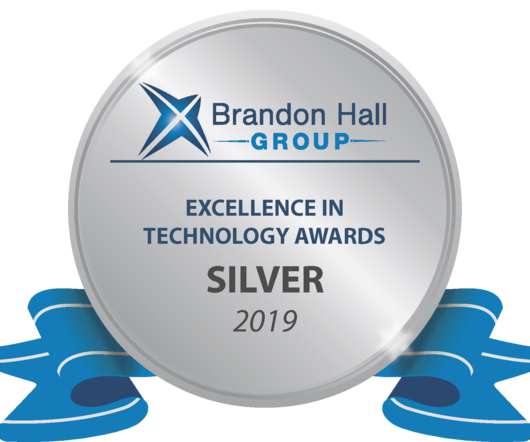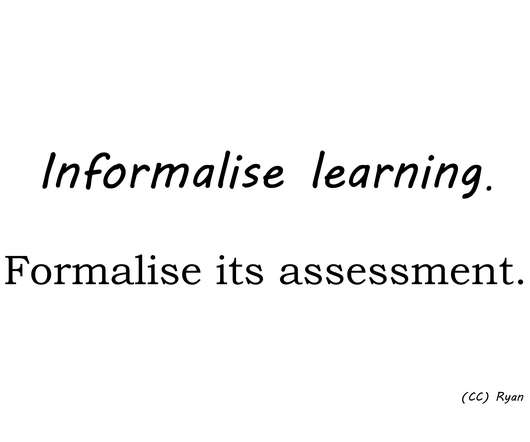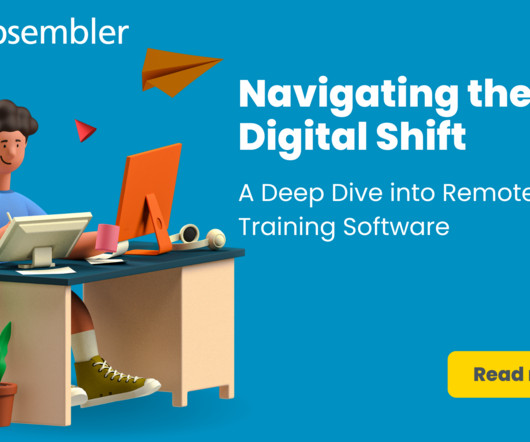Best Practices for Effective Online Course Development
Hurix Digital
DECEMBER 20, 2019
Pedagogy has since long been an overly debated subject. The phenomenon of digitalization has arguably gifted pedagogy its greatest strength, i.e., online learning. In eLearning, this can translate to voice chats, VR video lessons, asynchronous and online tuitions, webinars, and more.




















Let's personalize your content